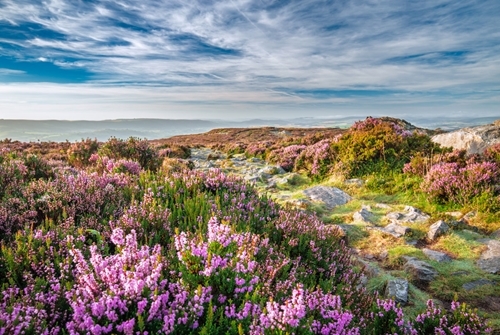
By Dr. Jen Brewin, Writer and Research Specialist
Ahead of the debate taking place on 25th January in Westminster on the future of driven grouse shooting in England, the GWCT have prepared a series of four information sheets on key issues that are the main areas of disagreement on this contentious topic. You can read them here:
- Biodiversity and conservation on grouse moors >
- Carbon storage on grouse moors >
- Drainage, water quality and flood risk >
- Alternative uses for upland moors >
- You can also download them all here in one handy guide >
The UK uplands consist of a variety of environments and habitats which support a range of different activities across the landscape, including farming, forestry, grouse moors, deer management, wind farms and nature reserves. Although management for driven grouse shooting is the focus of this Westminster Hall debate, and often the wider conversation about upland management, the issues covered in the new briefing sheets are increasingly critical for all modern land uses. When calls are made to curb driven grouse shooting, there is often little or no discussion as to what might replace it, who might fund it or what this means for wildlife, so we must keep this in mind.
The briefing sheets draw on information in the GWCT’s 2020 Peatlands Report along with our 2019 book The Moorland Balance, to offer an introduction to these four key topics and give a better understanding of the breadth and depth of the sometimes over-simplified debate around driven grouse shooting.